The most well-known leaf spot disease is that of Arachis hypogea L. (groundnut). Generally, so it is called the tikka disease. The tikka disease is a dangerous disease in areas where the groundnut crop is grown in India.
The spots take place on the host leaves when the plants are one or two months old. Later, necrotic lesions also appear on the stem. There are two leaf spot diseases of groundnut due to two different species of the genus Cercospora.
Pathogen
- Cercospora personata
- Cercospora arachidicola
Classification:
- Kingdom: Fungi
- Phylum: Ascomycota
- Class: Dothideomycetidae
- Order: Capnodiales
- Genus: Cercospora
Distribution: The genus Cercospora can be found widely in the tropical part of the world. Especially in countries where the groundnut crop production is more.
Characteristics of Pathogen
- The appearance of Cercospora arachidicola is dark brown and it grows intracellularly in plant tissue.
- The appearance of Cercospora personata is brown-black and primarily grows intercellularly and after a certain period grows intracellularly.
- Haustoria absent in Cercospora arachidicola.
- Branched haustoria are found in Cercospora personata.
- The conidiophore of Cercospora arachidicola appears as continuous, unbranched, yellowish-brown, geniculated, and septate (1-2 septa present).
- The conidiophore of Cercospora personata appears as continuous, unbranched, light brown, geniculated, and aseptate.
- The conidia of Cercospora arachidicola are long, cylindrical, hyaline, and septate (1 to 12 septa). Truncates at the base and sub-truncates at the apex.
- The conidia of Cercosora personata are short, cylindrical, wide, and septate (3 to 4 septa). Rounded at one end and tapered at the other end.
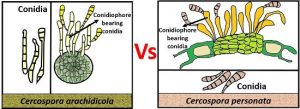
Source here.
Symptoms
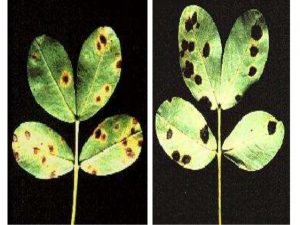
- Leaf spots are small, round, and about 1-6 mm in diameter.
- The necrotic lesions appear on the surfaces of two leaves and change from dark brown to dark in color.
- The lack of bright yellow light in young spots, however, develops around the older ones.
- The mycelium consists of hyphae which are entirely internal.
- The unbranched conidiophores grow in tufts from a dense, globular, and brown to black stroma (23-30 µ in dia.) and emerge by rupturing the host epidermis.
- The conidiophores are determinate to the lower surface of the host leaf and are seen arranged in concentric circles in the tuft.
Control measures
- Rotation of crops, seed treatment, and disposal of infected host debris by burning or burying in deep holes eliminates the possibility of early infection from the soil growing in the inoculum.
- The seeds within the shells are sterilized with sulphuric acid.
- The only remedy is to check the secondary spread of disease in the field and spray with suitable fungicides. The use of the Bordeaux mixture has given good results among the fungicides.
- The yield of sprays of these fungicides has increased by as much as 100%. Early mature varieties were known to be resistant to disease.
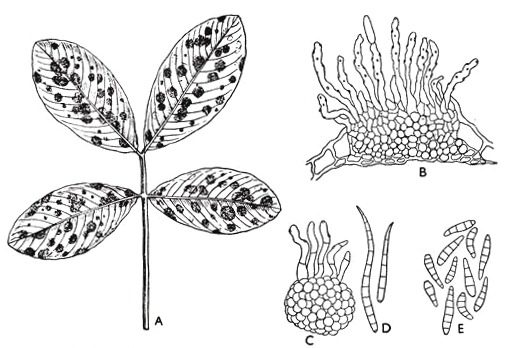
Disease Cycle of Tikka Disease of Groundnut
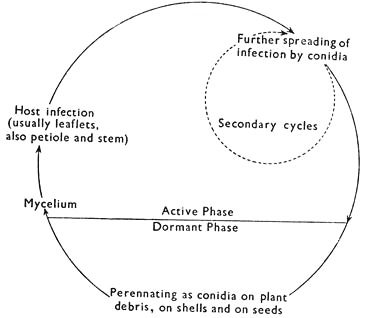
- The pathogen perennates through conidia on diseased plant debris lying in the ground.
- The conidia may also adhere to the shell. They have also been found to be associated with the seeds and are responsible for early infection.
- A temperature that ranges from 26°C. to 31 °C. with high atmospheric humidity is helpful for disease development.
- Prolonged low temperature and dew also favor infection. The penetration of the pathogen in the host tissue takes place either by direct penetration through the epidermal cells or through the stomata.
The disease is propagated by the wind which blows the conidia from leaf to leaf. So, insects and plumps of rain have also been reported to play role in the dissemination of the disease.
Revised by
- Somudro Mahbub Nasir on 11 July 2021.
 Plantlet The Blogging Platform of Department of Botany, University of Dhaka
Plantlet The Blogging Platform of Department of Botany, University of Dhaka
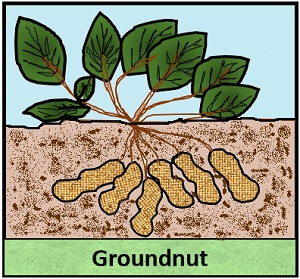


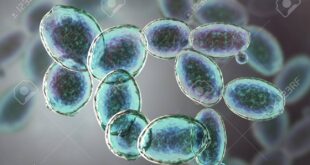
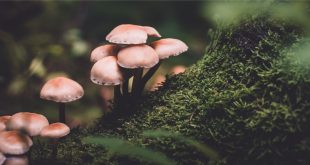
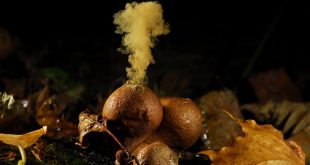
Nice wesite